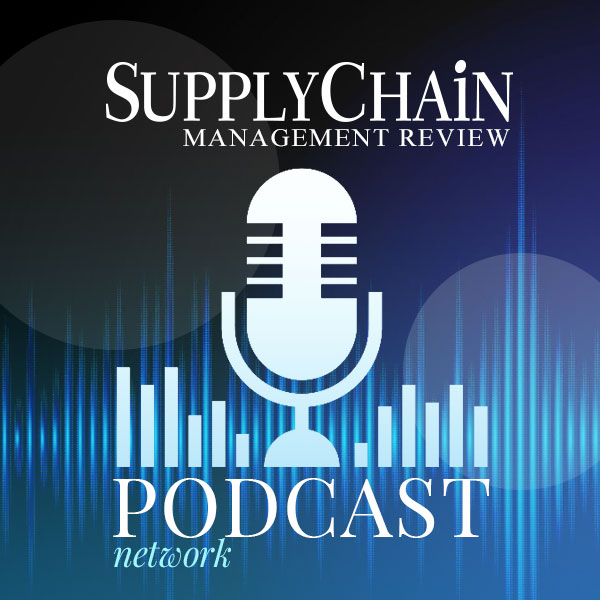Editor’s Note: Every year, 40 or so students in the MIT Center for Transportation & Logistics' (MIT CTL) Master of Supply Chain Management (SCM) program complete one-year thesis research projects. The students are early-career business professionals from multiple countries with 2 to 10 years of experience in the industry. Most of the research projects are chosen, sponsored by, and carried out in collaboration with multinational corporations. Joint teams that include MIT SCM students and MIT CTL faculty work on the real-world problems. In this series, we summarize a selection of the latest SCM research.
The SCM research project Effects and Mitigation of Natural Hazards in Retail Networks was authored by Jorge García Castillo and supervised by Dr. Jarrod Goentzel, Research Scientist, Director of the MIT Humanitarian Supply Chain Lab, MIT Center for Transportation & Logistics. For more information on the research please contact Jarrod Goentzel at [email protected].
As the number of natural hazards has increased over the last 10 years, supply chain resilience has attracted more attention with respect to mitigating the effects of these hazards.
Although every company wants to be resilient, there is no clear path to allocating the resources required to become a more resilient organization.
There are techniques to assess the value of investments in resilience such as Net Present Value analysis, but they do not include the variability of future outcomes. This variability factor is important, because it can have a big impact on revenues.
In a research project sponsored by a major retailer in Colombia, we used 20 years of daily historical data on natural emergencies, daily sales and inventory. The aim was to provide an understanding of the effects of natural hazards, and propose a model to align investments in resilience with the risk profile of organizations.
Identify disruption effects
The first step when making such an investment is understanding the possible outcomes. If you have data that represent the sources of disruption, it is possible to model and simulate the frequency and impact of these events. In the absence of this information, an option is to define multiple scenarios that represent your exposure to disruptions.
In this study, a source of data is the daily natural emergencies declared by a national entity in charge of disaster risk. With this information we obtained frequency and impact distributions for natural hazards in Colombia. Also included is the spatial dimension, were different probabilities are assigned to different regions based on geolocation.
To understand the effects on sales patterns, we analyzed the sales variation of certain products for every event and every point of sale in the municipality where the event occurred. The analysis showed how different products suffer from different effects when a disruption occurs. For example, a product such as beer suffers from an average decrease of 39% in sales the week after a natural emergency. Personal care and coffee products show an increase in sales during the first and second weeks after and emergency.
Risk alignment
Before making the required investment in resiliency, it is necessary to create the organization's risk profile. This involves answering a number of key questions. For example, is the objective to minimize the average future cost, minimize the variability of outcomes, or minimize the worst-case outcomes? Does the company have a cost threshold it does not want to exceed?
Using the network of the Colombian retailer, we proposed modeling approaches that include all those concerns in the investment decision.
In the retailer's network, product flows from manufacturers to the company's distribution centers, then to the points of sale and finally to the customers.
Two types of investments in resilience are suggested: acquiring extra buffer stock for a planning period or acquiring real options contracts with suppliers to execute when a declared emergency occurs.
The results show that the dispersion of investments varies between risk profiles, but it is clear that certain regions with high population densities require certain investments for emergencies. For a given budget, the different profiles invested between 87% and 99% in real options instead of acquiring stock, as this strategy required less capital investment and more flexible delivery of the product. The risk neutrality profile (no penalty is assigned to scenarios were large costs occur) provides just a 2% decrease in average future cost, while more risk averse profiles can decrease the worst-case cost by 15%.
We expect this research to open a new path to mitigate the impact of natural hazards in retail companies.
SC
MR


Latest Supply Chain News
- How CPG brands can deliver on supplier diversity promises
- How S&OP provides the answer to in-demand products
- AI, virtual reality is bringing experiential learning into the modern age
- Humanoid robots’ place in an intralogistics smart robot strategy
- Tips for CIOs to overcome technology talent acquisition troubles
- More News
Latest Podcast

 Explore
Explore
The Academy News
- AI, virtual reality is bringing experiential learning into the modern age
- Predicting stockouts: Enhancing FMCG resilience through data-driven insights
- Finding the Right Approach for Supply Chain Education
- The Supply Chain Triad
- Innovating Supply Chain Higher Education with Generative AI
- How Smart Supply Chain Management Boosts Brand Identity
- More The Academy
Latest Academy Resources

Subscribe

Supply Chain Management Review delivers the best industry content.

Editors’ Picks





